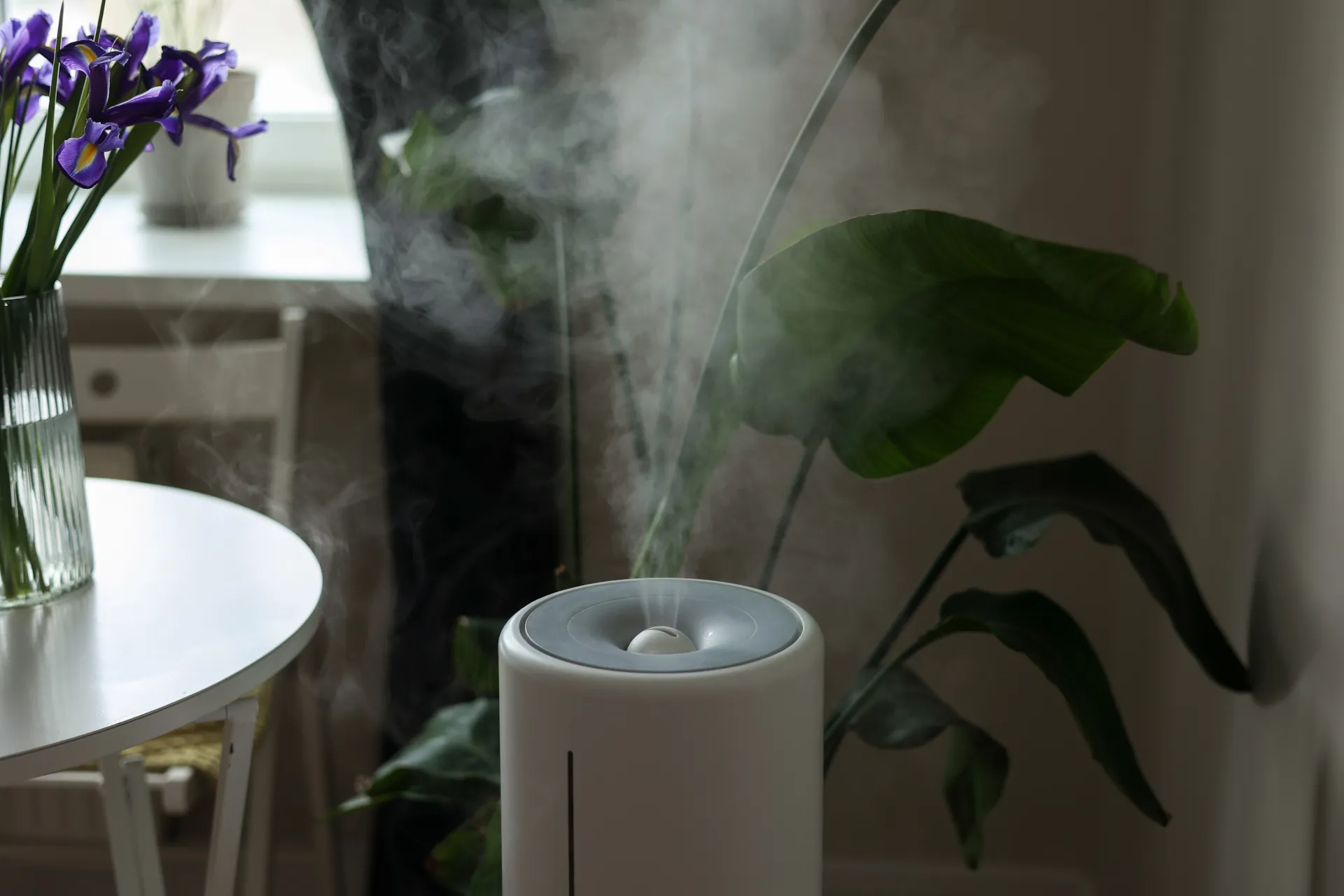
When it comes to keeping your home’s air healthy and your living spaces mold-free, two devices are often recommended: air purifiers and dehumidifiers. Both can help improve indoor air quality, but they serve very different purposes. So which one is actually better for mold prevention?
The answer depends on what’s causing the problem, where it’s occurring, and how much moisture or airborne contamination is present. In this blog, we’ll break down how each device works, when to use them, and how they can (or can’t) help prevent mold in your home.
Before comparing tools, it’s helpful to understand what mold needs in order to thrive. Mold spores are naturally present in the air almost everywhere, but they only grow and multiply when the environment supports them.
The key ingredients mold needs:
Because moisture is the biggest driver of mold growth, most effective mold prevention strategies center around controlling it. This is where both air purifiers and dehumidifiers come into play, each addressing a different aspect of the problem.
A dehumidifier removes moisture from the air. It works by pulling in humid air, condensing the moisture into water, and releasing drier air back into the room. This process helps lower the overall humidity level inside your home.
Dehumidifiers are especially helpful in preventing mold in lower levels of the home, like basements or laundry rooms, where moisture often accumulates.
An air purifier removes contaminants and particles from the air. Depending on the type of filter it uses (typically HEPA or activated carbon), it can capture dust, pet dander, allergens, and even mold spores floating in the air.
While air purifiers can help reduce exposure to mold spores, they do not remove mold growth or address the moisture that causes it.
If you're trying to prevent mold from forming in the first place, a dehumidifier is typically the better investment. Mold requires moisture to grow, so reducing humidity below the 50% threshold significantly limits its ability to spread.
Air purifiers, on the other hand, are more about removing existing airborne spores—helpful after a mold problem has been addressed, but not enough to stop mold from growing if moisture is still present.
For comprehensive protection, especially in high-risk areas or homes with a history of moisture issues, using both devices together can offer the best results.
If you choose to use one or both tools, here are a few ways to maximize their effectiveness:
In addition to using a dehumidifier or air purifier, long-term mold prevention also involves:
If you suspect a hidden mold issue or repeated moisture problems, it’s wise to schedule a professional inspection to identify the source and recommend targeted solutions.
Air purifiers and dehumidifiers are both valuable tools, but they serve different purposes. When it comes to mold prevention, reducing humidity is the top priority. A dehumidifier tackles the root cause, while an air purifier helps clean up what’s already in the air.
By understanding how each one works and using them appropriately, you can make your home a healthier, drier, and safer place to live, especially during humid seasons or after water-related events.
At Farsight Management we understand that not all indoor air quality companies are created equal.
We feel that it is imperative to educate ourselves, our employees, and our customers. You can trust that we follow all the national standards in regards to indoor air quality. This includes mold remediation, lead abatement, asbestos removal, and everything that we do.